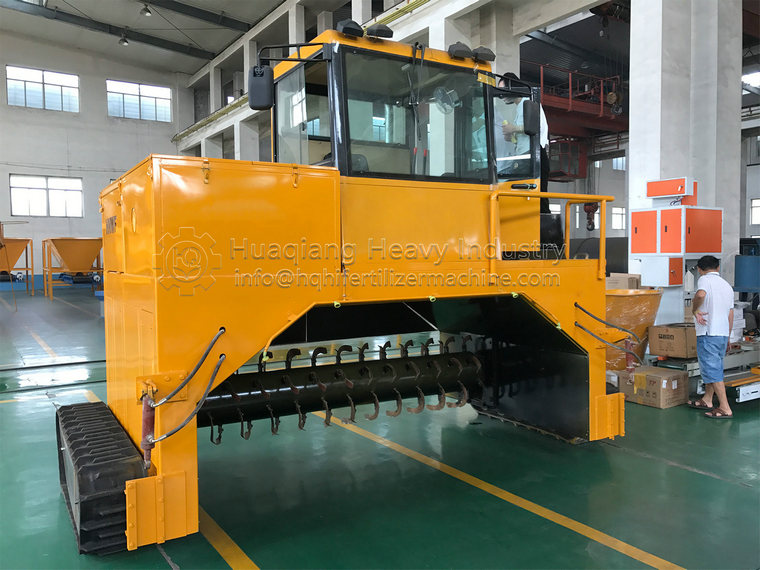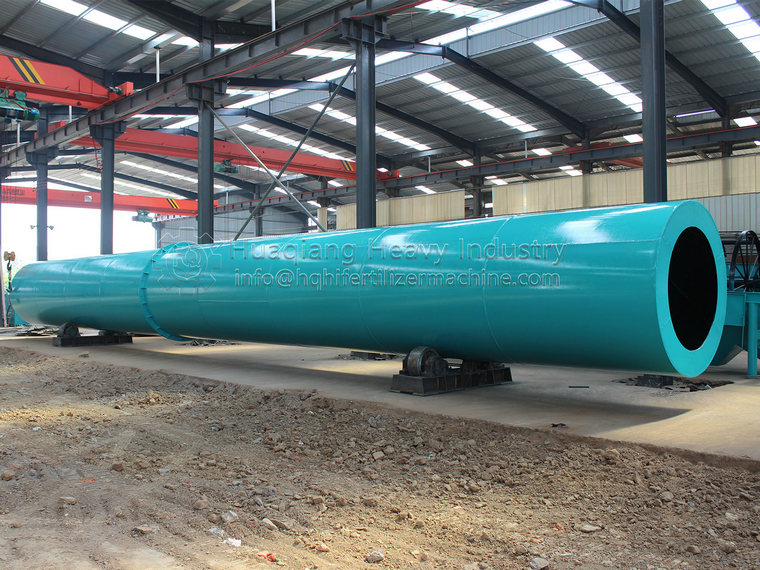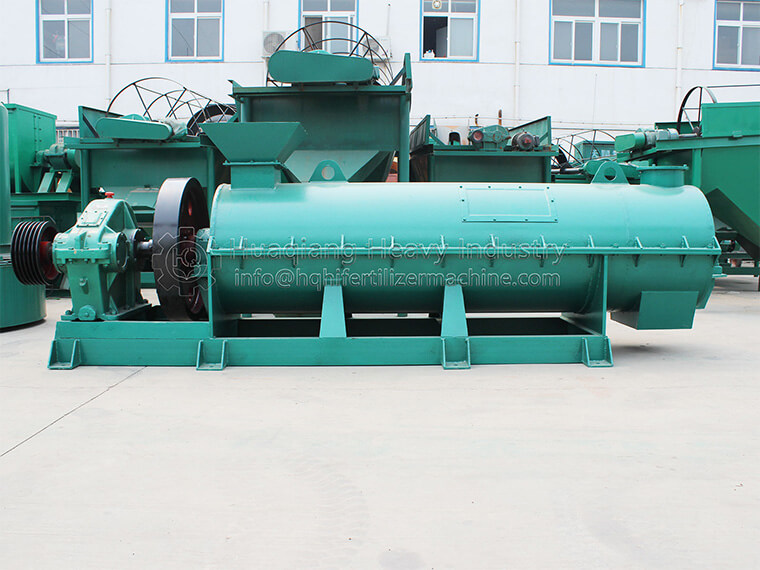Characteristics and advantages of a new type of organic fertilizer two in one granulator
The new type of organic fertilizer two in one granulator is a molding machine that can manufacture materials into specific shapes. The combination of this granulation method results in higher ball forming rate, more beautiful particles, and energy saving. This machine is one of the key equipment in the compound fertilizer industry, suitable for cold and hot granulation, as well as large-scale production of high, medium and low concentration compound fertilizers.
The new organic fertilizer two in one granulator has specificity for the granulation of livestock and poultry manure, composting fertilizers, green manure, sea manure, cake manure, peat, soil and miscellaneous fertilizers, three wastes, microorganisms, urban household waste, and organic fermented fertilizers. This machine is particularly suitable for granulating lightweight fine powder materials. The finer the basic particles of fine powder materials, the higher the sphericity of the particles, and the better the ball forming quality. Typical application materials: chicken manure, pig manure, cow manure, charcoal, clay, kaolin, etc.
Advantages of the new organic fertilizer two in one granulator:
1. Concentrated particle size distribution, easy to control: Compared with natural agglomeration granulation devices such as rotary disc granulators and drum granulators, the particle size distribution is concentrated.
2. High organic content: The produced particles are spherical. The organic content can reach up to 100%, achieving pure organic granulation.
3. High efficiency: High efficiency, easier to meet the requirements of large-scale production.
4. Granulation without edges and corners, extremely low pulverization rate: spherical particles have no sharp angles after granulation, so the pulverization rate is extremely low.
The working principle of the new organic fertilizer two in one granulator is to use the high-speed rotating mechanical stirring force and the resulting aerodynamic force to continuously mix, granulate, spheroidize, and compact fine powder materials in the machine, thus achieving the purpose of granulation. The particle shape is spherical, with a sphericity of ≥ 0.7, a particle size generally between 0.3 and 3 millimeters, and a particle formation rate of ≥ 80%. The size of the particle diameter can be adjusted appropriately by the material mixing amount and the spindle speed. Generally, the lower the mixing amount, the higher the rotation speed, and the smaller the particle, and vice versa.








.jpg)